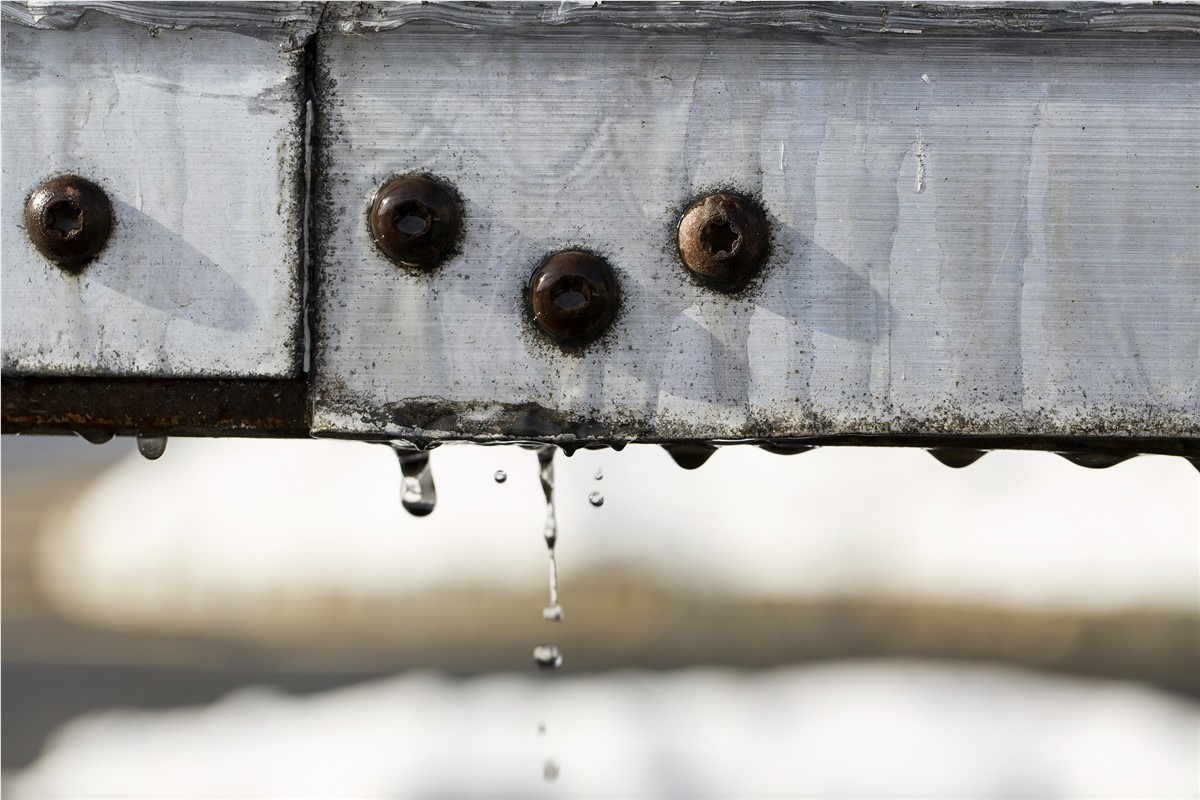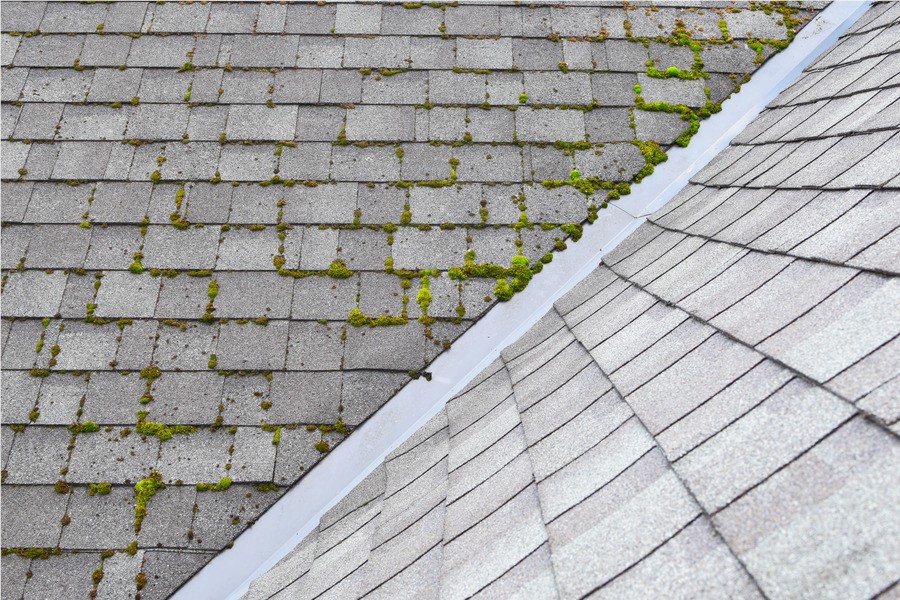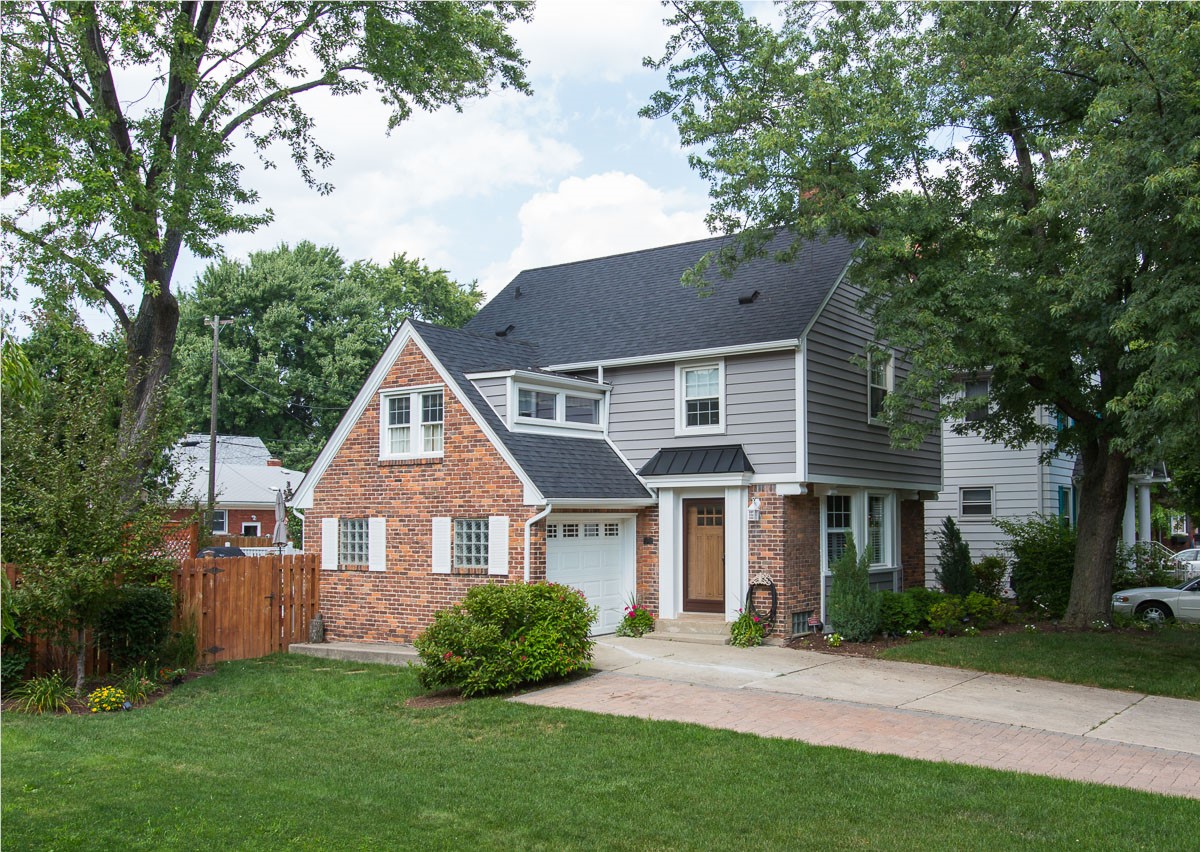
You may have heard the term drip edge before and wondered what it is, how it works, and do I need it?
If you haven’t heard of it, Feazel will walk you through the definitive guide on why you need drip edge on your home and how it protects your roof.
While drip edge may not be a well-known part of your complete roofing system, it is a critical component to keeping your roof and home healthy. Without it, you could be facing a roof replacement sooner than later.
There is a reason that many local codes require drip edge. Not to mention, roofing manufacturers require it for warranty protection. Read on to understand this small but mighty component of your roof.
What is Drip Edge?
Drip edge is a narrow angled strip of metal flashing that rests underneath your shingles and hangs into your gutters. It is typically made from a non-porous metal material that won’t corrode, such as aluminum, galvanized steel, or copper. This strip of thin metal has a flange that helps direct water away from your eaves. The flange directs water into your gutters system and carries it away from your home.
Why Do I Need Drip Edge On My Home?
Feazel recommends using a drip edge on your roof. Many roof warranties require using it. Let’s chat through why it is an asset to your roof system.
First, drip edge offers the opportunity to control the flow of moisture in order to keep your home safe. Dictating the movement of water off your roof will prevent premature rot, mold issues, and potential health issues.
Second, it rains. Water needs to move from your roof and away from your home and foundation. A great roofer will utilize any tip, trick, or tool to keep your roof system in optimum condition. Drip edge provides an effective way of safely moving water off your roof and into your gutter system.
Third, it is an easy way to protect your eaves from moisture.
Finally, it acts as an entry barrier for insects and small animals.
What is this remarkable tool for moisture protection and eave and attic protection? Drip edge isn’t the most glamorous part of your roof, however, neglecting to install one could lead to roof failure or other problems. You probably have drip edge installed and don’t even know it.
Installing Drip Edge- Where Does It Go?
The drip edge covers the perimeter of your home over the top of the fascia board, It should be installed on the rakes and eaves. They shed water from the roof and get it into the gutters. The water is carried safely away from your home.
Installing drip edge is easiest when undergoing a total roof replacement. Since everything is stripped off you roof, it is easy (and essential) for roofers to install it in the critical areas before laying down shingles.
It isn’t impossible to install drip edge on an already-finished roof. We’d recommend using a trusted roof repair company to complete the installation quickly and professionally to ensure everything is installed properly.
Is Drip Edge Necessary for my Roof?
There are roofing manufacturer requirements that call for drip edge. Without it in place, water will run down your shingles to the lip of your roof. At this point, water can find its way between the fascia and gutters or back up to the roof decking. It directs that water to your gutters and away from your fascia.
Early rot can set in if your fascia gets continually wet. Wet roof decking can lead to rotting or leaks. Adding a metal strip to your roof system feels like a small investment for massive peace of mind and will help preserve your roofing materials for years to come.
Many local codes require drip edge installation. Regardless of what type of roof you have, from shingle roofs to metal roofs; your local code determines if drip edge is a requirement.
Benefits of Using Drip Edge?
It prevents water from backing up into your eaves from your gutters.
Wind-driven rain can push into small cracks and crevices. Without it, there is an increased chance that rainwater finds its way into the exposed edges of your home.
By installing a drip edge on your roof also helps prevent rainwater from entering your basement. How so? Water channels into the gutters and away from your foundation. Water can soak through the ground and into the basement without it being present.
Additionally, it acts as a barrier for small animals from digging or chewing a hole in your fascia.
An extra benefit is it offers shingle support. It provides a solid base for the shingles. It comes down over the sheathing and in front of the fascia. Without it, shingles could potentially sag and create the opportunity for moisture to get under your shingles.
Finally, when there is an opportunity for ice dam formation, drip edge can help. It will act as a barrier to prevent ice from backing up under the last shingle.
What Types of Drip Edge Are There?
Drip edge can be categorized into different materials and shapes. Most drip edge is comprised of metal that does not corrode because it is meant to be in direct contact with water.
Aluminum
Copper drip edge
Galvanzied steel
Non-metallic materials such as plastic, vinyl or fiberglass
Non-metallic materials may be found in non-roofing scenarios, like around windows or doors.
Homeowners will find shape drip edge options for different roof types, like a low-profile roof or installing on a finished roof. Your roofing local roofer will know what drip edge to install on your roof after their inspection.
Type C- also known as L-style
Type D- can be called T-style
Type F- may be referred to as F-style or gutter apron
Call The Best Roofing Contractor Near Me for a Free Quote
Feazel has been replacing and repairing roofs for over 30 years. We pride ourselves on delivering a job well done. All of our new roof installations include drip edge to help keep your home dry and safe.
Feazel serves Columbus, Cleveland, Cincinnati, Dayton, Indianapolis, and Raleigh. Click to schedule a free estimate or call us at (866) 532-5757 if you are looking for a free estimate on your roof system.
Tags
Subscribe to Feazel's Blog




Comments